14 Jul HU Launches Occupational Therapy Doctorate
Steve Dennie, Communications Director
A ribbon-cutting on Monday, July 14, opened two very significant doors for Huntington University:
- HU’s first doctoral program: Occupational Therapy.
- HU’s first campus in Fort Wayne, Ind.
The ceremony included short speeches from various people involved with the project, including Dr. Sherilyn Emberton, president of Huntington University. Among other things, she front-and-centered HU’s commitment to Christian values. Tom Henry, mayor of Fort Wayne, spoke. So did Dr. Ruth Ford, the person hired to head the program.
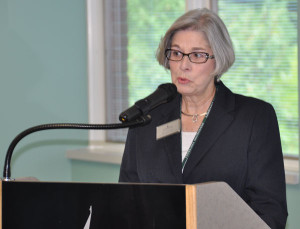
Dr. Ruth Ford
An excellent choice, by the way. Dr. Ford has 37 clinical years of experience in management, acute care, rehabilitation, outpatient, long-term care, and home health. She has managed more than 500 occupational and physical therapists and speech language pathologists, and has opened multiple occupational therapy programs. She also has 13 years of experience in academia, including expertise in the clinical and business aspects of the field.
Joining her are three fulltime faculty and three adjunct faculty. In addition, the program is getting much support from the Fort Wayne medical community (healthcare is the city’s largest employer). Networking will be very important.
What is occupational therapy?
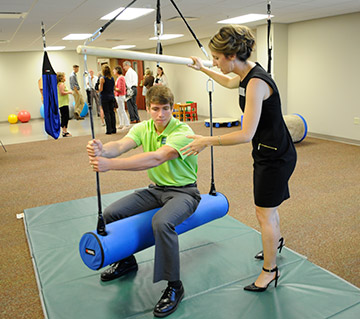 Here’s a very simplistic explanation: it helps people with health-related problems participate in everyday life activities. The “occupation” is the everyday activity—eating, dressing, bathing, cooking, grocery shopping, writing, etc. For a child, the “occupation” may involve play activities.
Here’s a very simplistic explanation: it helps people with health-related problems participate in everyday life activities. The “occupation” is the everyday activity—eating, dressing, bathing, cooking, grocery shopping, writing, etc. For a child, the “occupation” may involve play activities.
Occupational therapists look at every environment in which the person needs to function—home, work, school, etc.—and figure out what adaptations need to be made. Examples:
- Helping a child with disabilities (including autism) participate in school and social situations.
- Helping people recover from injuries (like the loss of a limb).
- Helping older adults cope with physical and cognitive changes.
- Helping a Parkinson’s patient with such things as handwriting aids, workplace modifications, wheelchair use, cooking and homemaking adaptations, bathing and dressing.
The Fort Wayne Campus
All classes will be held at the Parkview Randallia campus, just off of State Street (1819 Carew Street). That’s on the northeast side of the downtown, about 29 miles (41 minutes) from Huntington University.
The Randallia campus is the former Parkview Hospital before they built a new main hospital on the north side of Fort Wayne. The former Fort Wayne Cardiology building has been renovated to include office space, a student lounge, and specialty classrooms and labs. It’s very nice. Six months ago, we were told, the area was “sawdust.”
The program takes three years—no masters is needed. It can accommodate 32 students in each class. The inaugural class is a diverse group from across the country, ranging from recent graduates, to persons with prior medical and business experience, to second-career students.

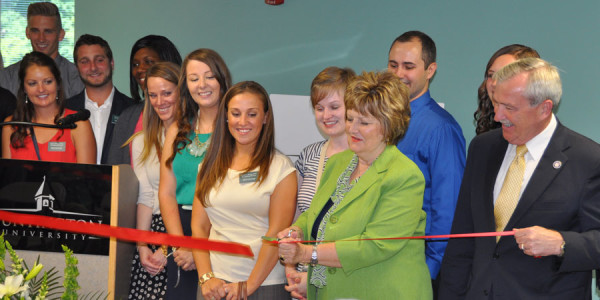
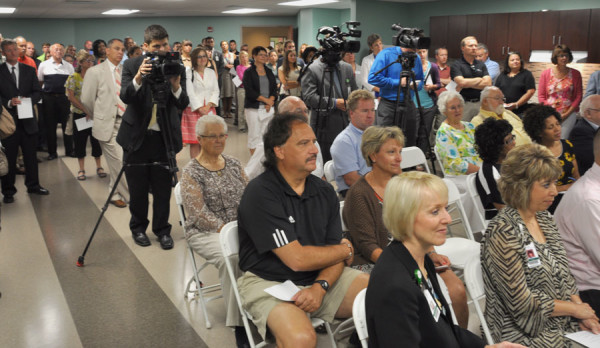
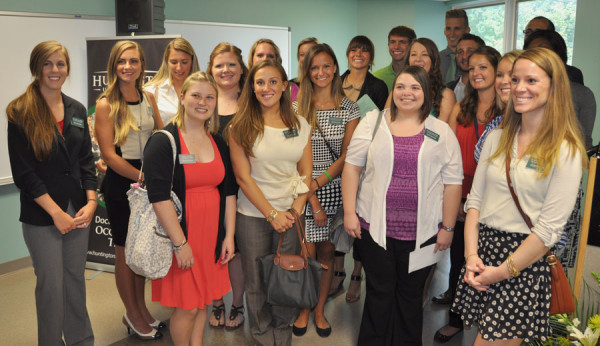
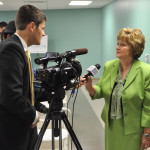
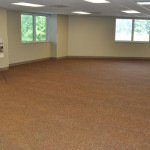
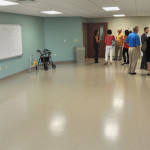
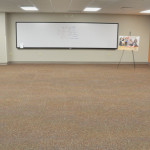
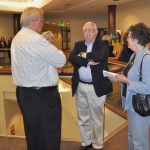
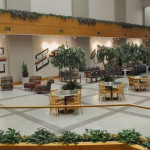
No Comments